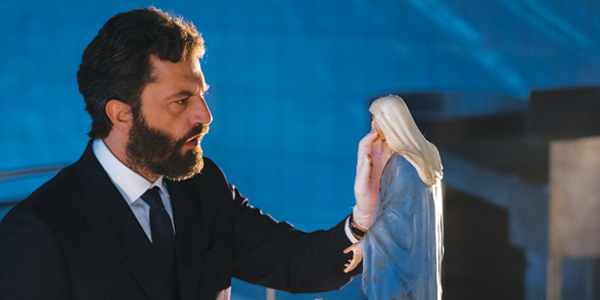A new show at the Royal Academy looks at how the Church first embraced the nude then covered it up
“Then the eyes of both were opened, and they knew that they were naked; and they sewed fig leaves together and made themselves aprons.” With the fall of Adam and Eve, the Bible tells us, came shame – and on its heels came artistic censorship, as well as attempts to evade it.
The nakedness of the first man and woman had been left to the imaginations of early readers of Genesis, since Jewish law forbade all graven images. When Christianity lifted that prohibition, the door to images of nudity was cracked open – and when the Renaissance rediscovered the art of those idolaters of the body beautiful, the Greeks and Romans, the floodgates were opened.
According to the standard art historical narrative, the excavation of antique statuary from under Rome sparked the Renaissance love affair with the nude that climaxed in Michelangelo’s Last Judgement – and where Italy led, so this version goes, northern Europe followed. But the Royal Academy’s new exhibition, “The Renaissance Nude” (until 2 June), tells a more nuanced story that not only highlights the contribution of northern European artists but underlines the paradox that, as the catalogue explains, “Christian culture both fostered the nude’s popularity and shaped its reception”.



